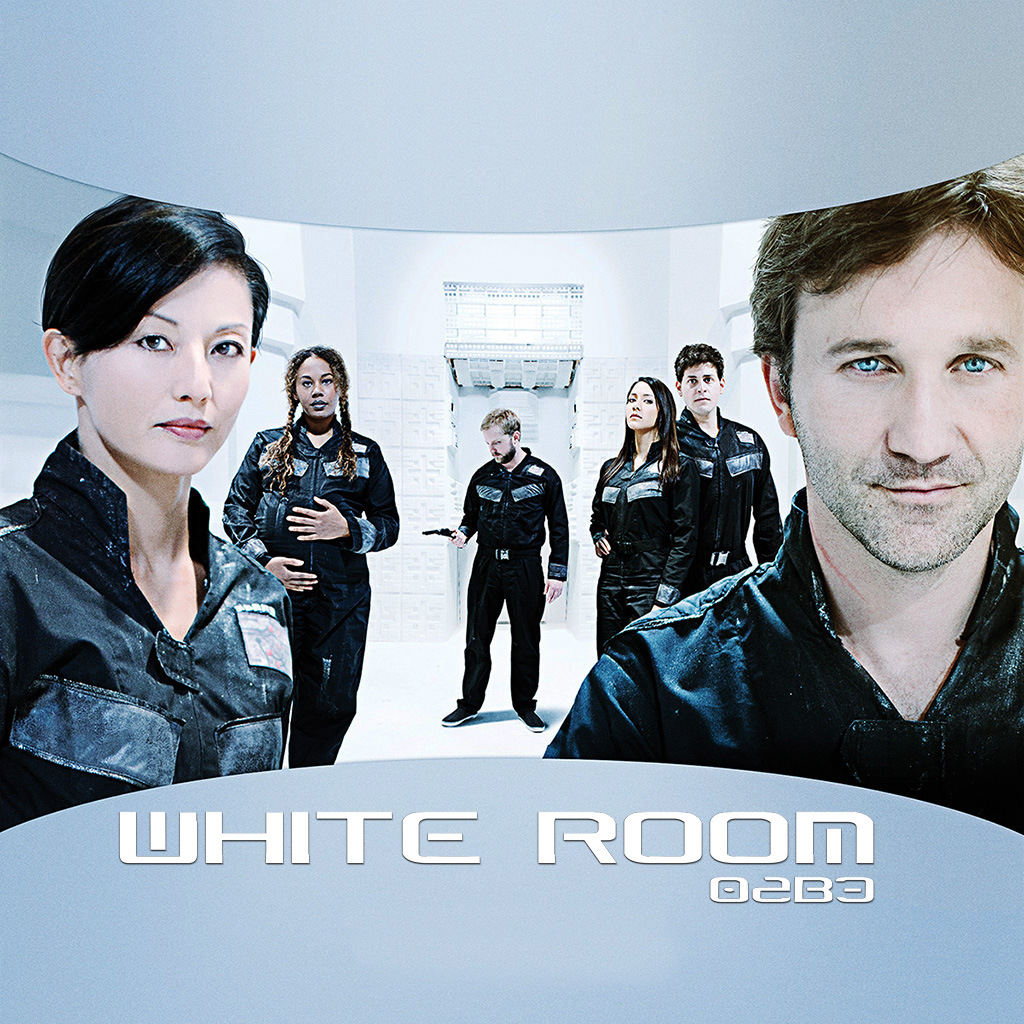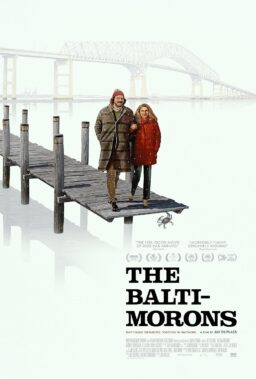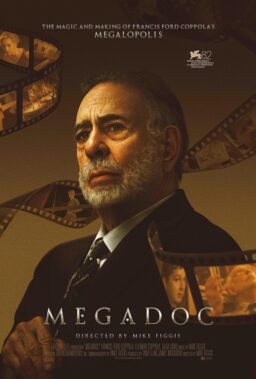The goggles I wore last year at Comic-Con were an Oculus Rift virtual reality portal into Professor X’s cerebellum. This year, I tried DJI Phantom goggles, and what I saw was real. But what I was looking at was not the direction I was facing or the level where I was standing. These goggles, which will be commercially available later in the year, replace a joy stick-style controller in the operation of a camera drone. Every movement of my head made the camera shift so that it was completely intuitive and seamless, as though the camera was located behind my eyes, except that I could float up into the sky. The camera has a “light bridge” so that you can watch a live view on your phone, as well. The idea was to design a camera that transcends the mechanics of booms and dollies, so that the question is not “will it stay up?” but “what do you want to see?”
The cameras will be used for more than movies. First responders can get information that was never available before or that was too dangerous to get, so they can plan the best way to conduct fire fighting and rescue operations. For construction and agriculture, the drone cameras can create 3D maps to provide hyper-accurate information that will make it possible for more efficient allocation of resources and faster identification of problems and risks.
We have already begun to see how drones have changed what is possible in filmmaking, in terms of economics (the set-up and operation of a drone costs a fraction of what it takes to install a rig and is faster and safer), and in terms of cinematic storytelling. The legendary technical challenges of iconic scenes like the opening of “The Sound of Music,” “Don’t Rain on My Parade” from “Funny Girl,” and the hundreds of injured soldiers in “Gone With the Wind” are all but eliminated through the use of drones like the Phantom, and the directors or DPs will be able to operate them as easily as turning their heads.
Gene Roddenberry’s production company goes on, and its newest film is a 15-minute short called “White Room 02B3,” to be released via iTunes for $2.99, which includes two different versions of the film. Director Tory Mell explained the process of creating the film as a kind of “choose your own adventure.” Breckin Meyer and six other actors play characters who have numbers, not names, and find themselves in the title space, with no idea of what is in store for them. One version is traditional filmmaking, with the angle, position, and timing of each shot determined by the director. That took up the first two days of filming, which gave the actors time to get comfortable with each other and with their characters. Then they shot the other version with a 360 degree camera rig. It is set up like a wheel, with one camera focused on each character, so that viewers will be able to watch it any way they want. If they want to see the entire story from one character’s perspective, they can. If they want to play it a second time from another character’s perspective, they can. Or, they can go back and forth to see how the characters are reacting to each other. It is best watched on a smartphone or tablet, which can be shifted in all angles to direct the camera’s point of view, but can be watched on a desktop with some limited functionality.
The technology was daunting, but in its own way liberating, according to Mell. And most important was being true to the spirit of Gene Roddenberry, with a story that is thoughtful, humane, and has a positive outlook on the future.












